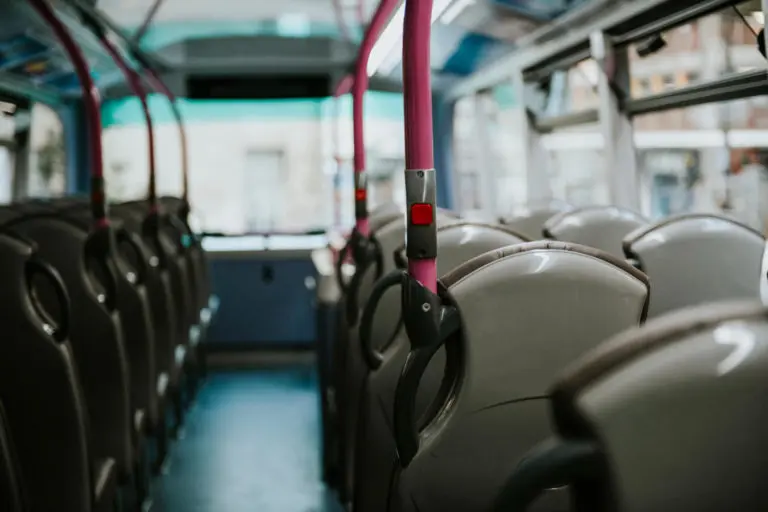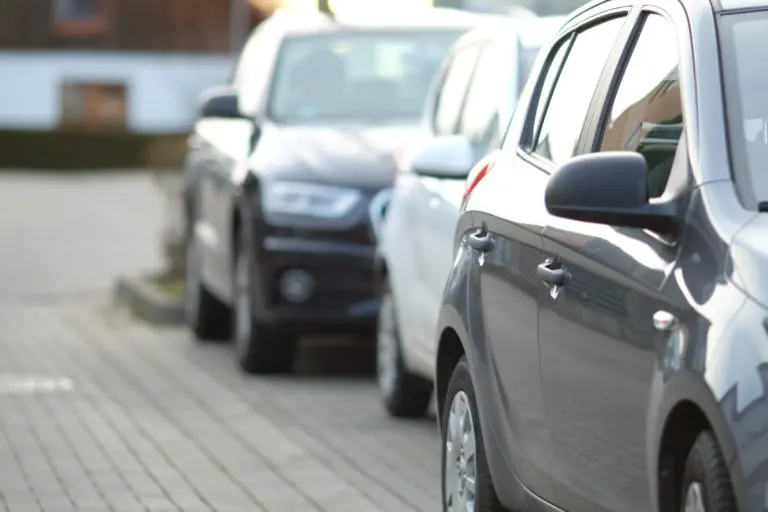
The challenge of the zero-emission goals is making cities rethink its municipal public transportation systems. Hydrogen fuel cell vehicles and battery electric cars have both been heavily studied and tested to replace fossil fuel-powered fleets.
An key worry for proponents of climate change has always been fossil fuels and how they may be substituted. There is already general agreement that battery electric cars are a better option for compact passenger cars than hydrogen fuel cell vehicles, despite the latter being a viable option as well. However, for bigger vehicles, hydrogen can become an increasingly attractive option.
For many routes, hydrogen fuel cell vehicles have a considerable performance advantage over battery electrics, becoming the top choice for the replacement of traditional diesel models. One of the reasons is that hydrogen offers longer range and faster fueling than batteries, with no need to jeopardize schedules, routes or existing functions at depots.

Some areas are leading the way in the adoption of hydrogen.Following the installation of hydrogen filling stations by the municipality, which refill buses, automobiles, rubbish trucks, and road sweepers, Aberdeen has emerged as a hydrogen center. While electric buses are now considerably more popular, the US has launched a number of programs to encourage the rollout of hydrogen refueling infrastructure.
Among the largest programs introducing the hydrogen-powered public transportation vehicles is the UK government’s £200 million in funding for the Zero-Emission Bus Regional Areas program, which aims to decarbonize all road transportation by 2040.
In the United States, the Federal Transit Administration’s Bus and Transit Facilities has committed over $1.1 billion this year. That funding is intended to make it possible for transit agencies to launch the adoption of H2 tech and the broad transition to alternatively powered fleets.

It might not be widely known that the architecture of hydrogen fuel cell vehicles and battery electric vehicles is very similar. As zero-emission routes continue to be scaled up, H2 is increasingly prove itself. Battery electrics have a shorter range and require substantially longer recharging time, which can decrease the route choice flexibility of an operator.
The nature of hydrogen refueling makes it possible to establish a similar refueling depot to those already used by transit systems with diesel depots. They are also similar in that they can be scaled up as the hydrogen-powered fleet continues to grow. As a result, the refueling strategies and structures don’t need to undergo much change when transitioning to fuel cell buses, particularly because even the time requirements align closely.
Despite the advances, adoption of hydrogen fuel cell vehicles for public transportation fleets remains in its early stages. The primary cause is that municipal transit agencies and a large expenditure are required for this change. As a result, even if more authorities are becoming noticeably interested, the majority are testing a single car or small number of buses rather than revamping their entire fleets.

Our work with hydrogen
UH2 provides solutions for the electrolysis of carbon-free green hydrogen, which can be distributed and stored for use in steel production, building heating, and fuel cells for automobiles and boats.
Able to provide the full project needs, we strive to add value through rapid acquisitions in strategic locations, implementing ongoing technology improvements and innovative solutions, as well as creating bankable value chains.
Presently, we are working on H2 and NH3 projects in Brazil, Sweden, Canada, Spain, and Portugal.
Check out our project here.
